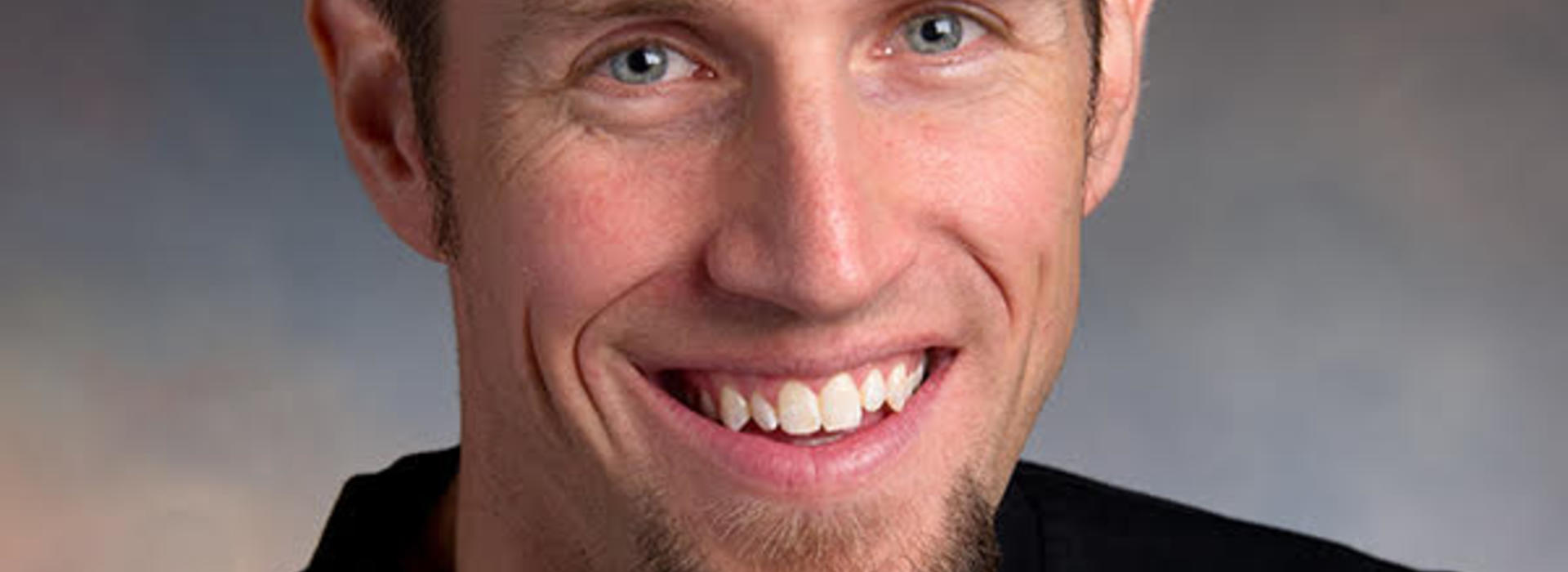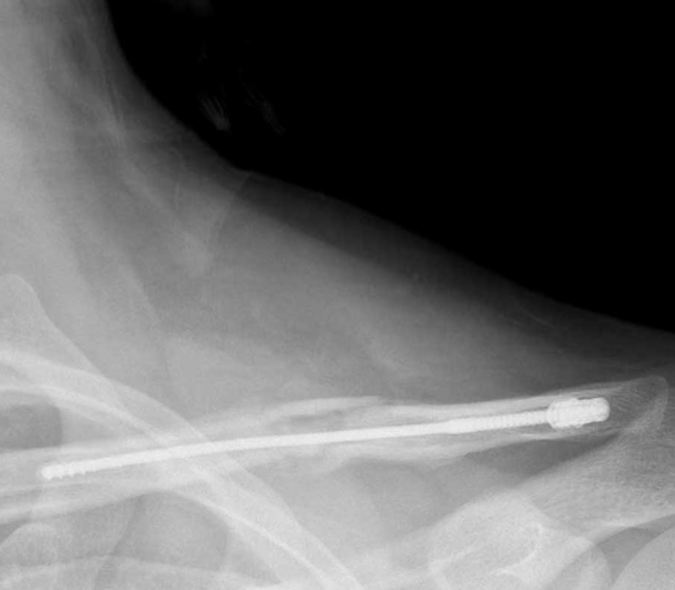
Academic Sports Medicine Specialist, Marc Tompkins, MD, Helps Get Patients Back in Motion
Apart from leading a busy sports medicine practice, Marc Tompkins, MD, associate professor in the Department of Orthopedic Surgery, is combining his passion for clinical care with innovative technologies and research. One of his areas of focus is in patellofemoral instability where he has multiple ongoing studies, including biomechanical studies using 3D printing, radiographic studies improving the understanding of patellofemoral imaging, and clinical outcomes studies involving patellar instability in patients.
Tompkins has been working closely with Elizabeth Arendt, MD, professor and department vice chair, on these projects. They recently concluded a large body of work on first-time patellar dislocators. Their culminating paper, “Risk of Redislocation After Primary Patellar Dislocation: A Clinical Prediction Model Based on Magnetic Resonance Imaging Variables,” was published in the American Journal of Sports Medicine in December, 2018. “We collected data on demographics, including age, height, weight, and sex. We also collected data on mechanism of injury and recurrence of instability, as well as a host of imaging measurements used to evaluate anatomic risk factors and injury patterns in patellofemoral instability,” Tompkins said. “We then compared redislocators with those that had not redislocated and applied different regression analyses to identify imaging and demographic factors that put people at risk for having another patellar dislocation within two years of their initial dislocation.”
Tompkins explained that the data fit into quartiles. “We identified that skeletal immaturity defined as open growth plates, patella alta, and trochlear dysplasia were the most significant risk factors for a second dislocation,” he said. “If a patient had none of these risk factors, the chance of redislocation was almost zero. If there was one risk factor, it was 25 percent, two was 50 percent, and three was 75 percent.” Currently, treatment for first-time lateral patellar dislocation is nonsurgical. However, if a patient has two or three risk factors that place them at high risk of a second dislocation, it may change how patients are treated over time. Tompkins believes that it is important to review the potential risks with patients.
“I think that at some point in the future we may advise patients with multiple risk factors that their chances of getting back to the activities that they want, or not having further instability episodes, is going to be pretty low without surgical stabilization,” Tompkins said. “In this case, it would be reasonable, even though this is a first time dislocation, to recommend surgery.” Tompkins noted that the standard of care has not shifted nationally based on these findings, more work needs to be done to validate the data. “Once the data is validated through further clinical studies, we can start to identify the patients that may do better with early surgical intervention, since more dislocations are often associated with increased disability,” Tompkins explained. “Multiple dislocations can increase the risk of damage to other structures like cartilage.”
Tompkins reiterated that each patient situation is unique, and just because a risk factor is present, does not automatically mean surgery should be performed to address a specific risk factor. Indeed, one of the challenges of current patellar stabilization surgeries is deciding when to operate, and determining which anatomic risk factor needs correction for optimal surgical outcomes. Tompkins is enrolling patellofemoral instability patients into multiple multi-center studies. One study, in particular, is focused on the role of confounding risk factors when performing an isolated MPFL reconstruction, which is the workhorse in patellofemoral instability surgery. This international study, funded through an ISAKOS grant, has Arendt as the primary investigator, with centers in the U.S., Finland, Japan, Australia, and Chile. In MPFL reconstruction, the surgeon rebuilds the ligament between the medial patella and medial femur.
There are many anatomic factors that can impact patellar instability, and a multitude of surgical procedures that can potentially be of benefit. “One of the big questions for surgeons performing MPFL reconstruction is identifying parameters in which this surgery alone is adequate, and what circumstances may warrant additional procedures,” he explained. Tompkins thinks of his work as wearing four hats. He balances clinical duties, educating trainees, research, and sports coverage. He is a team physician for Gopher Athletics and has been an athlete throughout his life. His passion for athletics has fueled his mission to help get patients back in motion.
“Having the opportunity to get someone back to being active is something I love, and a big reason why I do this job,” Tompkins said. “I think the research that we have been doing here at the University of Minnesota is having an impact on helping us accomplish the goal of getting patients back to activity.”



